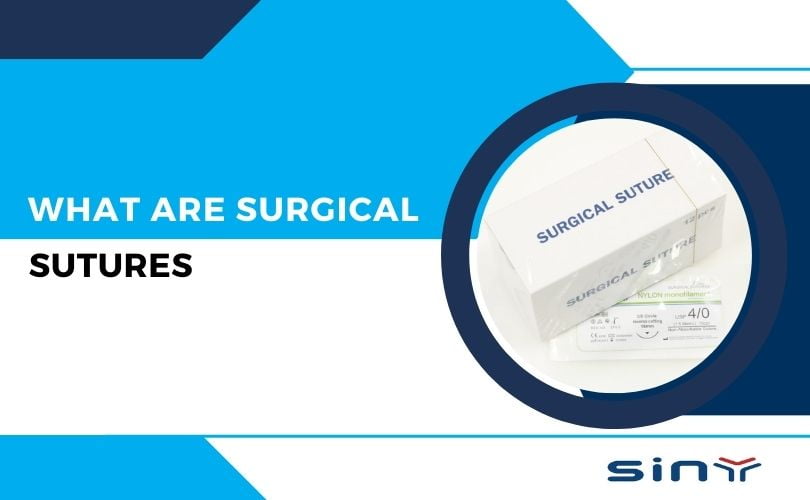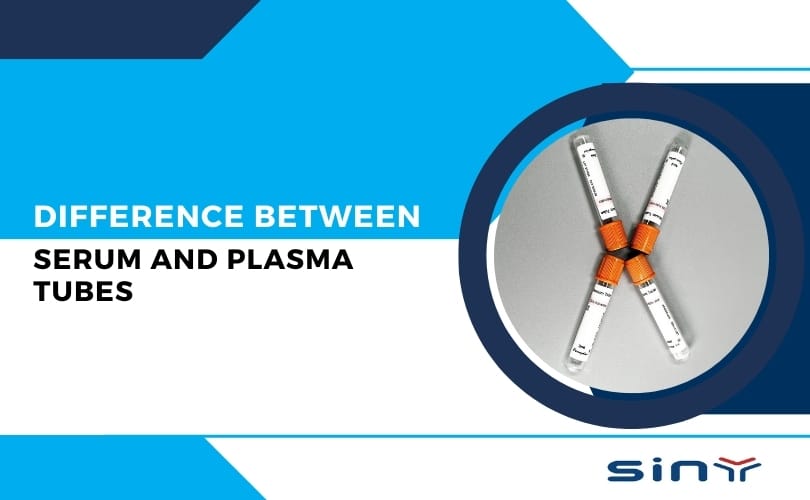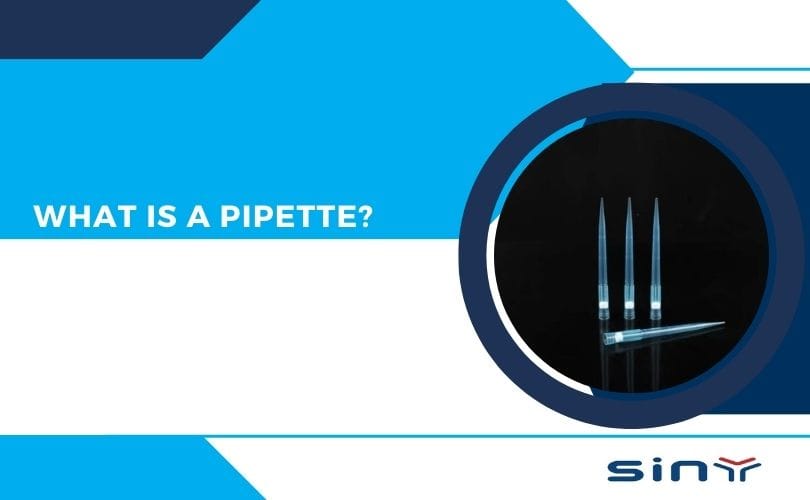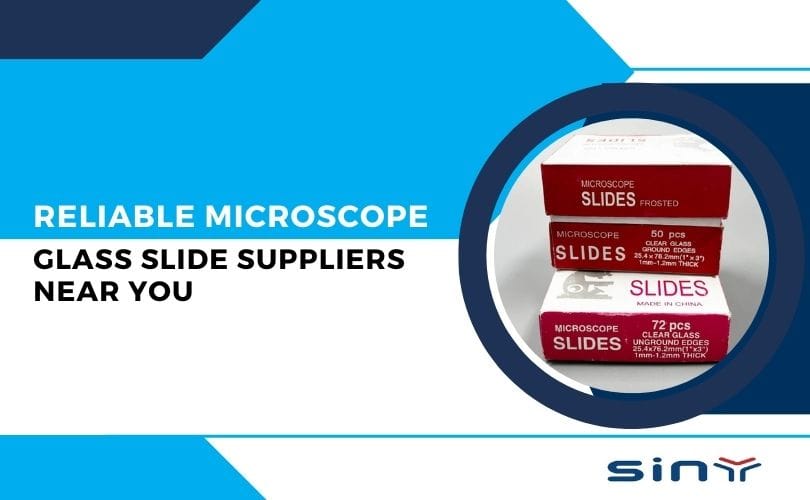Surgical sutures are thread-like materials used for wound suturing, tissue ligation, and fixation.
Surgical sutures are essential tools in the medical field, used to close wounds and incisions following surgical procedures. They are critical in promoting healing, minimizing scarring, and preventing infection. This article provides an in-depth look at surgical sutures, including their types, materials, applications, and best practices for use.
Table of Contents
- 1 What Are Surgical Sutures?
- 2 Types of Surgical Sutures
- 3 Characteristics of Sutures
- 4 Application of Sutures
- 5 How many types of absorbable surgical sutures are there?
- 6 How many types of non-absorbable surgical sutures are there?
- 7 What are the differences between the use scenarios of absorbable sutures and non-absorbable sutures?
- 8 Use scenarios of absorbable sutures
- 9 Conclusion
- 10 FAQs
What Are Surgical Sutures?
Surgical sutures, often called stitches, are medical devices used to hold body tissues together after an injury or surgical procedure. They are designed to support the healing process by maintaining tissue approximation and providing structural integrity. Sutures can be made from various materials and come in different forms, each suited for specific applications.
Types of Surgical Sutures
Absorbable sutures
Made of natural or synthetic materials, they can be gradually absorbed by human tissues in the body without the need for suture removal. Common materials include catgut, polyglycolic acid (PGA), polylactic acid (PLA), etc.
Suitable for suturing tissues in the body, such as the gastrointestinal tract, muscles, subcutaneous tissue, etc. Over time, medical absorbable sutures are gradually decomposed and absorbed by the human body, reducing patient discomfort and the trouble of suture removal.
Non-absorbable sutures
Usually made of silk, nylon, polyester, and other materials, they cannot be absorbed in the body and need to be removed after the wound heals.
Commonly used in areas that require strong tension, such as skin sutures and tendon sutures. Non-absorbable sutures have high strength and stability and can provide continuous support during wound healing.
Characteristics of Sutures
Strength: Sutures need to have sufficient strength to ensure that they will not break during wound healing. Wounds and tissues in different parts require sutures of different strengths.
Flexibility: Good flexibility can make it easier for sutures to pass through tissues and reduce damage to tissues. At the same time, flexibility also helps sutures adapt to tissue movement during wound healing.
Tissue reactivity: The ideal suture should have low tissue reactivity and will not cause obvious inflammatory reactions or foreign body reactions. This helps reduce the risk of wound infection and scar formation.
Operability: Sutures should be easy to operate, including firm knots and not easy to slip. When choosing sutures, doctors will consider whether their operability meets the requirements of the operation.
Application of Sutures

Surgery: Sutures are indispensable tools in various surgical operations. Doctors choose appropriate sutures according to the surgical site, tissue type and the specific conditions of the patient to ensure good wound healing.
Trauma treatment: In the treatment of accidental trauma, sutures can quickly and effectively close wounds to prevent bleeding and infection.
Cosmetic plastic surgery: In cosmetic plastic surgery, the use of fine sutures can reduce scar formation and improve surgical results.
How many types of absorbable surgical sutures are there?
Natural absorbable sutures
Catgut: Made from the submucosal layer of the small intestine of sheep or the intestinal serosa of cattle.
Advantages: good flexibility, easy operation, relatively mild tissue reaction.
Disadvantages: unstable absorption time, may cause more obvious tissue reactions, low strength, and easy to break.
Synthetic, absorbable sutures
Polyglycolic acid (PGA) suture: It is a synthetic absorbable suture.
Advantages: high strength, long time to maintain tension in the tissue, generally 2-3 weeks, and then gradually absorbed. The absorption process is relatively stable, and the tissue reaction is relatively small.
Disadvantages: may cause a mild inflammatory reaction.
Polylactic acid (PLA) suture
It is also a synthetic absorbable suture.
Advantages: good biocompatibility, long absorption time, up to several months, suitable for tissue sutures that require longer support.
Disadvantages: relatively high price, relatively slow degradation rate, may affect the healing process of the tissue.
Polydioxanone (PDS) suture
Artificially synthesized absorbable suture.
Advantages: high strength, long-term tension maintenance time, up to more than 6 weeks, stable absorption, minimal tissue reaction.
Disadvantages: high price, relatively poor flexibility.
How many types of non-absorbable surgical sutures are there?

The main types of non-absorbable sutures are as follows:
Silk thread
Features: Made from natural silk through special processing.
Advantages: cheap, easy to obtain, easy to operate, and firm knotting. Small reaction in tissue, good flexibility.
Disadvantages: Long-term presence in the body may cause foreign body reactions, easy to induce infection, and the strength of silk thread will gradually decrease over time.
Nylon thread
Features: Synthetic fiber material.
Advantages: high strength, good flexibility, small tissue reaction, smooth surface, easy to pass through tissue.
Disadvantages: You need to pay attention to skills when tying knots, otherwise it is easy to slip off. Long-term presence in the body may cause adhesion of surrounding tissues.
Polyester thread
Features: It is also a synthetic material.
Advantages: Very high strength, good durability, not easy to break, slight tissue reaction.
Disadvantages: Relatively hard, may cause some damage to tissue during operation, usually more expensive than silk and nylon thread.
What are the differences between the use scenarios of absorbable sutures and non-absorbable sutures?
Use scenarios of absorbable sutures
In-vivo tissue suturing
Used to suture internal organs, such as the gastrointestinal tract, liver, spleen, etc. These organs need to avoid the long-term presence of foreign matter during the healing process. Absorbable sutures can be gradually absorbed by the body as the tissue heals, reducing the risk of foreign body reaction and infection.
For example, in gastrointestinal surgery, the use of absorbable sutures for anastomosis can avoid long-term irritation of the intestinal mucosa by sutures and reduce the incidence of postoperative complications.
Used to surgical suture tissues such as muscles and fascia. These tissues do not require long-term external force support after healing. Absorbable sutures can provide sufficient tension maintenance time and are gradually absorbed during the tissue repair process, without affecting the normal function of the tissue.
Cosmetic plastic surgery
In cosmetic surgeries such as facial plastic surgery, breast augmentation, and liposuction, absorbable sutures can reduce the formation of postoperative scars. Since absorbable sutures do not need to be removed, secondary damage to the skin during the removal process is avoided, which helps the wound heal beautifully.
For example, in double eyelid surgery, absorbable sutures are used for suturing, which can make the eyelid skin more natural and beautiful and reduce the obviousness of scars.
Pediatric surgery
Absorbable sutures are more suitable for pediatric patients. Children’s bodies are in the growth and development stage, and their tissues have strong healing abilities. The use of absorbable sutures can avoid the fear and pain of children when removing sutures, and also reduce the care burden of parents.
For example, in pediatric hernia surgery, absorbable sutures are used for high ligation of the hernia sac, and no sutures are required after surgery, which is beneficial to the recovery of children.
Usage scenarios of non-absorbable sutures
Skin suture
Commonly used for skin incision sutures in surgical operations. The skin surface requires strong tension to maintain the closure of the wound. Non-absorbable sutures have high strength and durability and can provide stable support during wound healing.
For example, in abdominal surgery, skin incisions are usually sutured with non-absorbable sutures to ensure that the wound does not split during healing.
Tendon and ligament repair
In the repair surgery of tendon and ligament injuries, high-strength sutures are required to withstand large tension. Non-absorbable sutures can meet this demand and can maintain a certain strength after tissue healing to prevent tendons and ligaments from rupturing again.
For example, in the repair of Achilles tendon rupture, the use of non-absorbable sutures can provide sufficient strength for the Achilles tendon and promote its healing.
Oral and maxillofacial surgery
In oral and maxillofacial surgery, due to the moist environment in the oral cavity and the high number of bacteria, sutures that are not easily corroded are required. Non-absorbable sutures usually have good corrosion resistance, can remain stable in the oral environment, and are conducive to wound healing.
For example, in cleft lip and palate repair surgery, the use of non-absorbable sutures can ensure that the wound heals smoothly in the complex environment of the oral cavity.
Conclusion
Surgical sutures are a fundamental component of modern medicine, playing a vital role in wound closure and healing. Understanding the various types, applications, and best practices associated with surgical sutures is crucial for healthcare professionals and patients alike. As technology continues to advance, the future of surgical sutures looks promising, with innovations aimed at enhancing safety, efficacy, and patient comfort.
For more information on surgical sutures and to explore a wide range of products, visit Siny Medical’s Surgical Suture Collection. Here, you can find high-quality sutures tailored to meet the needs of various surgical procedures, ensuring optimal outcomes for patients.
FAQs
How are surgical sutures classified based on structure?
Sutures can be classified as monofilament (a single strand) or multifilament (several strands twisted or braided together). Monofilament sutures are less likely to harbor bacteria but can be more challenging to handle.
How are surgical sutures chosen for a particular procedure?
Factors considered when choosing a surgical suture include the type of procedure, tissue type, and patient factors such as age and health status. The goal is to select a suture that will provide optimal support during the healing process.
What are some innovations in surgical sutures?
Recent innovations include biodegradable sutures that provide support during healing and then dissolve completely, antimicrobial sutures that reduce infection risk, and smart sutures that can monitor wound healing and provide real-time data.
How can I find high-quality surgical sutures?
Look for reputable manufacturers that adhere to strict quality standards and regulatory requirements. Siny Medical offers a wide range of surgical sutures tailored to various procedures.
Why is it important to use high-quality surgical sutures?
Using high-quality surgical sutures is crucial for ensuring optimal patient outcomes. Poor-quality sutures can increase the risk of complications such as infection, improper healing, and scarring.



























































